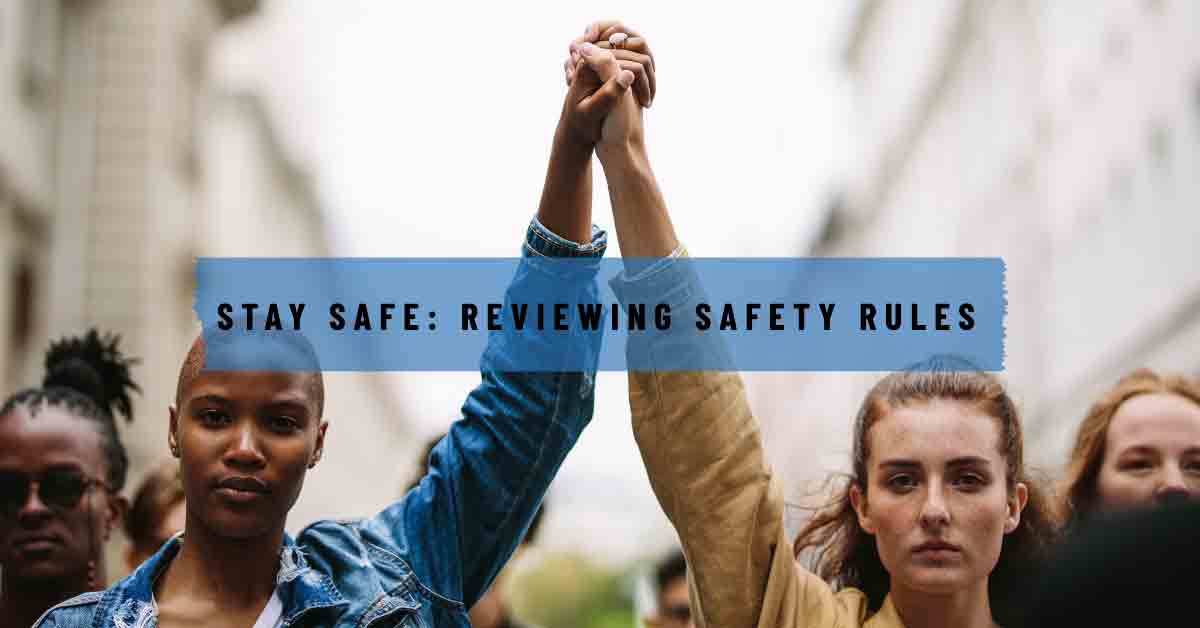Welcome back, young adventurers! Throughout this safety journey, we have explored various ways to keep ourselves safe from potential dangers, both in the real world and online.
Now, it’s time to review the key points and safety guidelines we have learned. Let’s reinforce what we know and equip ourselves with practical tips to navigate everyday situations while staying safe and vigilant. Remember, your safety is our top priority!
Summarizing key points and safety guidelines
Let’s take a quick trip down memory lane and recap the important safety rules we have discussed:
1. Communication with trusted adults
We highlighted the significance of talking to trusted adults, such as parents, teachers, or police officers, whenever we encounter something that doesn’t feel right.
They are here to support and guide us through any situations we may face.
2. “Don’t Talk to Strangers”
We reiterated the fundamental principle of not engaging in conversations with strangers, whether in person or online.
Trusting our instincts and understanding that our safety comes first is crucial.
3. Personal information protection
We emphasized the need to guard our personal information as a valuable treasure.
Sharing personal details, such as full names, addresses, phone numbers, or passwords, should only be done with trusted individuals.
Emphasizing the importance of ongoing discussions and reinforcement of the “Don’t Talk to Strangers” principle
Remember, safety is a journey, not a one-time destination. It’s essential to keep the conversation alive and ongoing.
Regularly discuss the “Don’t Talk to Strangers” principle with your parents, teachers, or other trusted adults in your life.
Ask questions, share experiences, and reinforce the importance of staying vigilant and cautious.
By having open discussions, we create a solid foundation for long-term safety habits.
Providing practical tips for practicing online safety in everyday situations
As our lives become more intertwined with the digital world, practicing online safety is vital. Here are some practical tips to keep in mind:
1. Be mindful of the information you share online
Think before you post! Be cautious about sharing personal information on social media platforms, online gaming platforms, or in chat rooms.
Remember, not everyone needs to know everything about you.
2. Use privacy settings wisely
Become familiar with the privacy settings on the apps and websites you use. Take control of who can see your information and interact with you.
Adjust these settings to match your comfort level and ensure your online safety.
3. Think critically and evaluate online content
Not everything you see or read online is accurate. Develop your critical thinking skills to identify misinformation and scams.
Check multiple reliable sources before believing and sharing information.
Encouraging children to be proactive in reporting any concerning or suspicious online activities
You are the superheroes of your online world! If you come across anything online that makes you feel uncomfortable, suspicious, or worried, don’t hesitate to take action.
Be proactive and report it to a trusted adult immediately. They can help assess the situation and guide you on the following steps to ensure your safety.
Conclusion
Congratulations, brave adventurers! By reviewing and reinforcing the safety rules we have learned, you are well-equipped to navigate both the real world and the digital realm with confidence and awareness. Remember to stay vigilant, trust your instincts, and always seek help from trusted adults when needed. Together, we can create a safer and more secure environment for everyone. Stay safe, stay curious, and continue your journey as guardians of your own safety!
Disclaimer: The information provided in this blog is for educational purposes only. It is important to consult with parents, guardians, or other trusted adults for personalized guidance and support regarding safety practices.

